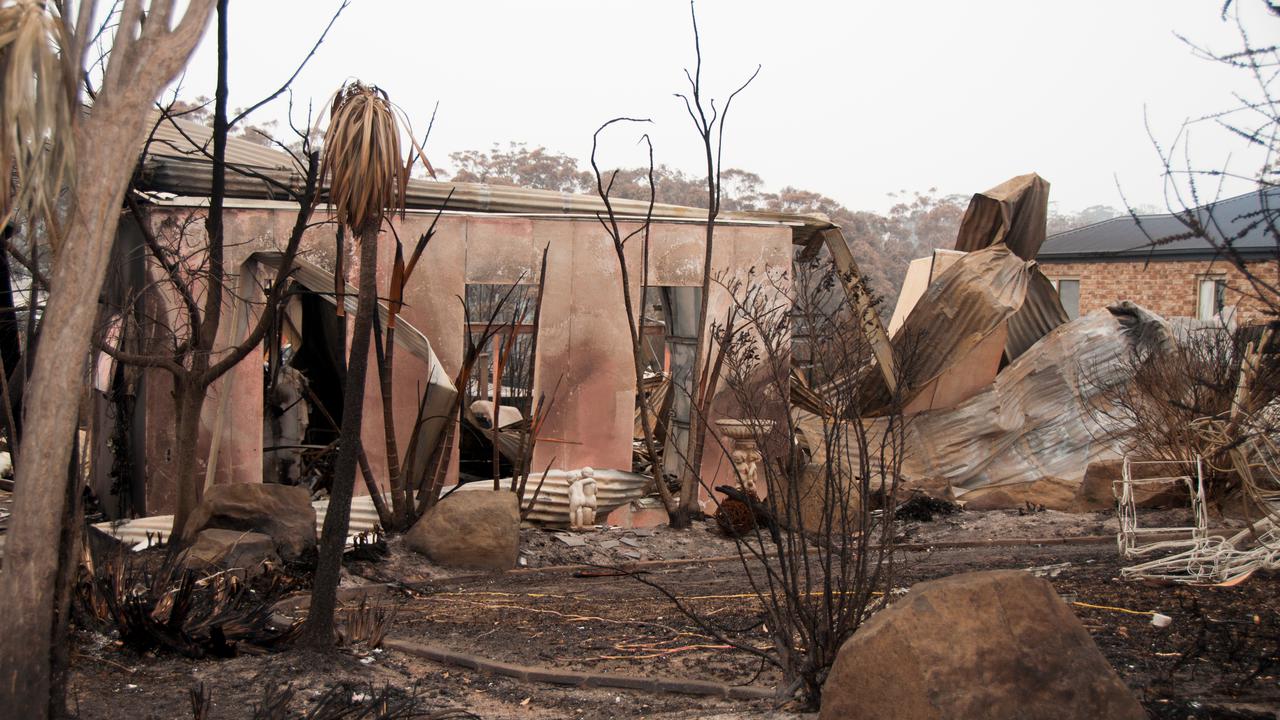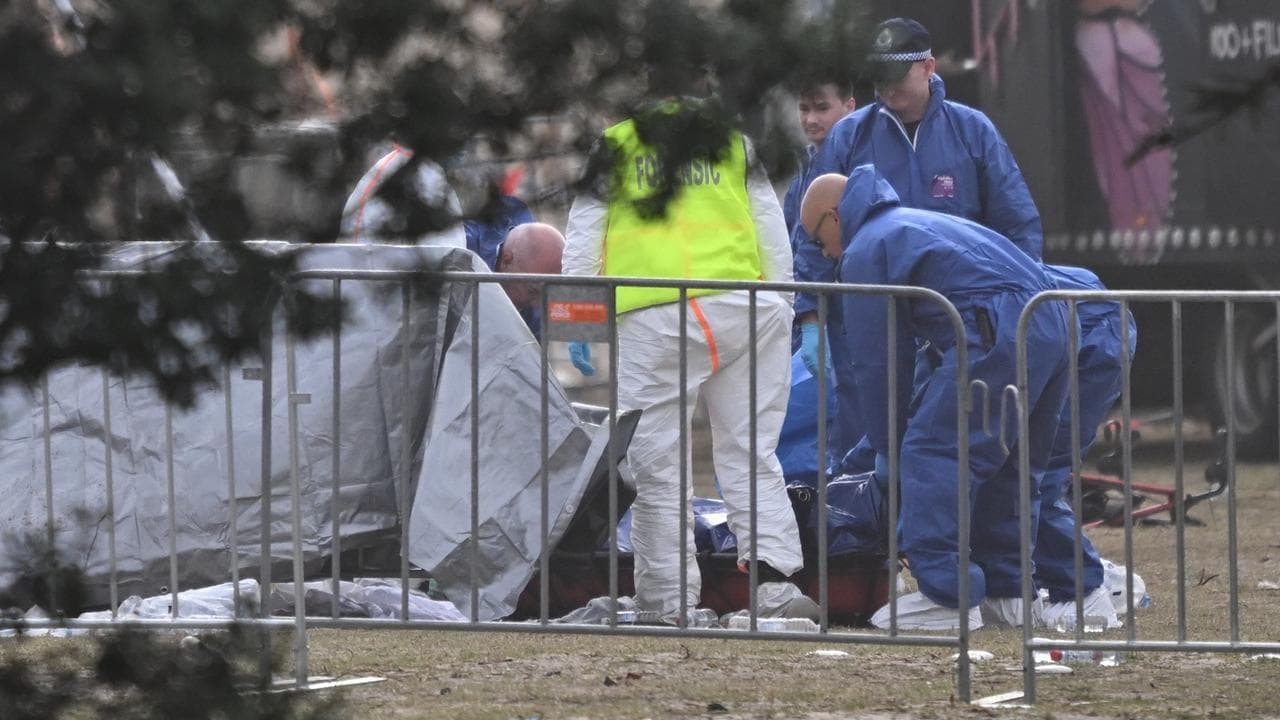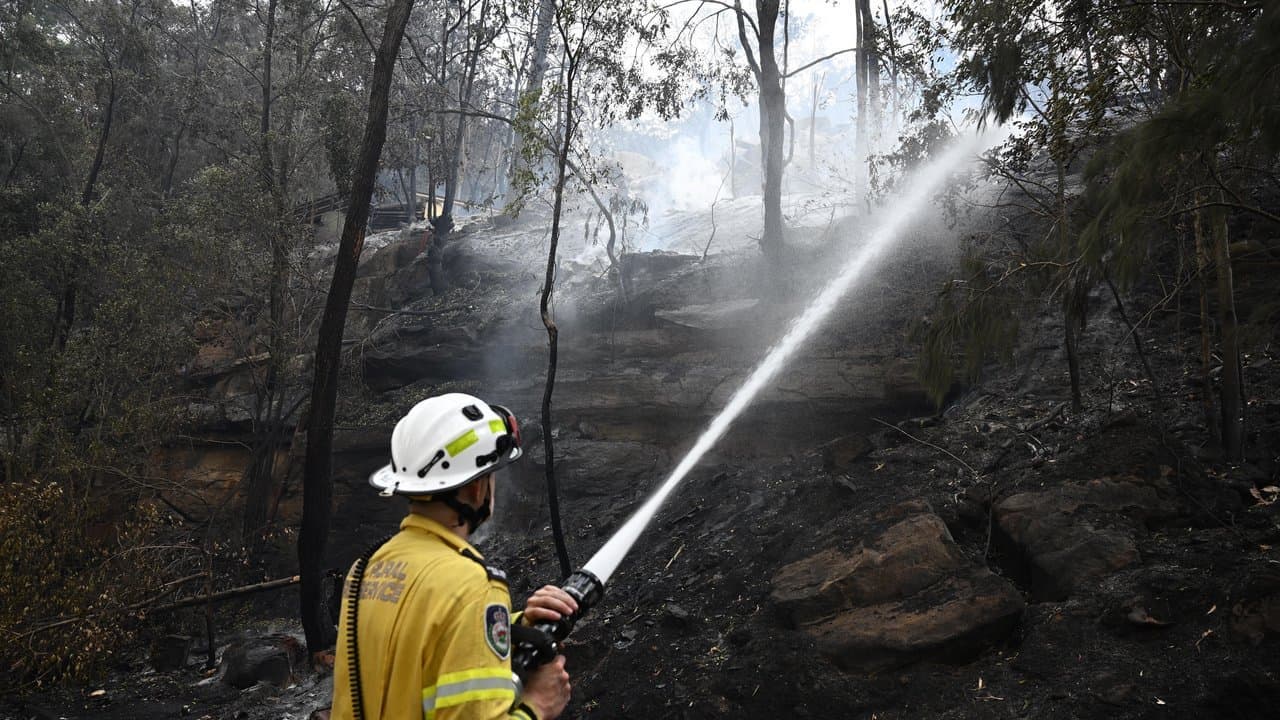The Statement
A social media post claims the Australian Red Cross has asked the federal government for additional funding after "fleecing Australians to the tune of hundreds of millions of dollars during the bushfire disaster" only to distribute "a mere fraction of the money they took from us".
The Facebook post from April 13, 2020, continues to be shared multiple times daily. At the time of writing, it had been shared more than 36,000 times and generated over 1500 reactions.
It claims the Red Cross was among the organisations that asked for financial aid from the federal government despite purportedly only giving out a small share of the funds it raised for relief following Australia's deadly 2019-20 bushfires.
"... the very same RED CROSS that fleeced Australians to the tune of hundreds of millions during the bushfire disaster. The very same RED CROSS that has given out a mere fraction of the money they took from us, Aussie battlers," the post says.
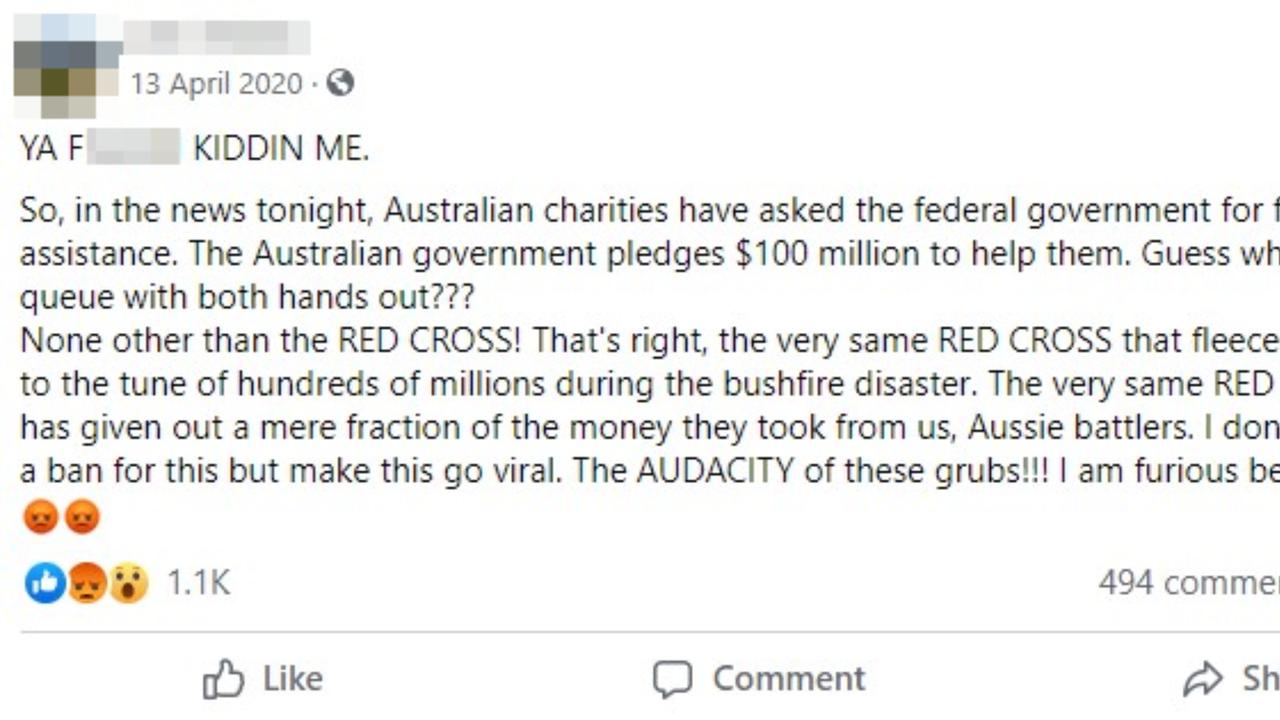
The Analysis
While the Red Cross was criticised following the bushfires for the pace of its emergency response, the charity did not "fleece" donors. Later reports show it has distributed the vast majority of the money, which it says was always earmarked for both short- and long-term recovery and relief.
The 2019-20 bushfire season led to the deaths of at least 33 people, as well as the destruction of thousands of homes and the burning of millions of hectares across five Australian states.
By February 3, 2020, the Australian Red Cross said it had raised more than $127 million for its disaster relief and recovery fund from donations. Of this, $61.5 million was available for immediate cash relief, it said, however it also said some of the funds would be distributed over a longer period.
For example, it said $18 million had been committed to recovery programs that would run for at least three years.
The Red Cross was among the charities criticised in the preceding months for its slow distribution of grants, however the organisation said it was putting some funding aside for communities where there would be a "long-term need."
It was also accused of earmarking some of the bushfire relief funding to cover the impact of future disasters, a charge it denied at the time, as well as spending too large a share of the money on its own costs.
The Red Cross released a report in April identifying that it had distributed just over a third of the by then $200 million it had raised to affected communities. The bulk of the remainder was set aside for the cost of rebuilding homes and to cover future grants for those who were yet to apply.
According to its most recent figures, published on March 24, 2021, the Red Cross had distributed or spent $213 million from the $241 million eventually raised for bushfire-related recovery. The charity expected all of the funds to be spent by the end of 2022, according to its full report (page 9). It said four per cent of funding had gone towards its administrative costs.
A Red Cross spokesman told AAP FactCheck that experience showed financial relief was needed over the long-term rather than just in the weeks or months following a disaster.
Between April and December 2020, more than 3000 people affected by the bushfires lodged their first grant applications, he added.
The spokesman said the organisation's administrative costs went towards operational requirements such as communications, grant distribution and fraud prevention.
An October 2020 review by the Australian Charities and Not-for-profits Commission into the handling of funding from bushfire appeals found the Australian Red Cross had taken "a strategic and reasonable approach to the disbursement of funds", noting the organisation had "allocated all donations it received for the bushfires to bushfire-related activities".
On the claim that the Red Cross asked for financial assistance from the government, it is true that the organisation was among the recipients of a $100 million federal funding pool in April 2020.
However, the money was not provided to "help" the charity, as claimed in the post. Rather, a $7 million grant was provided for the Red Cross to deliver emergency relief to vulnerable people on temporary visas during COVID-19-related shutdowns.
The Red Cross spokesman said the charity submitted a proposal to the government early in the pandemic after seeing a "significant spike in requests for support".
The spokesman said that as of March 2021 the Red Cross had received a total of $16 million to provide the emergency relief.
In March 2020, AAP FactCheck debunked claims about the Red Cross's distribution of bushfire donations and allegations it had fraudulently spent relief funds on other causes.
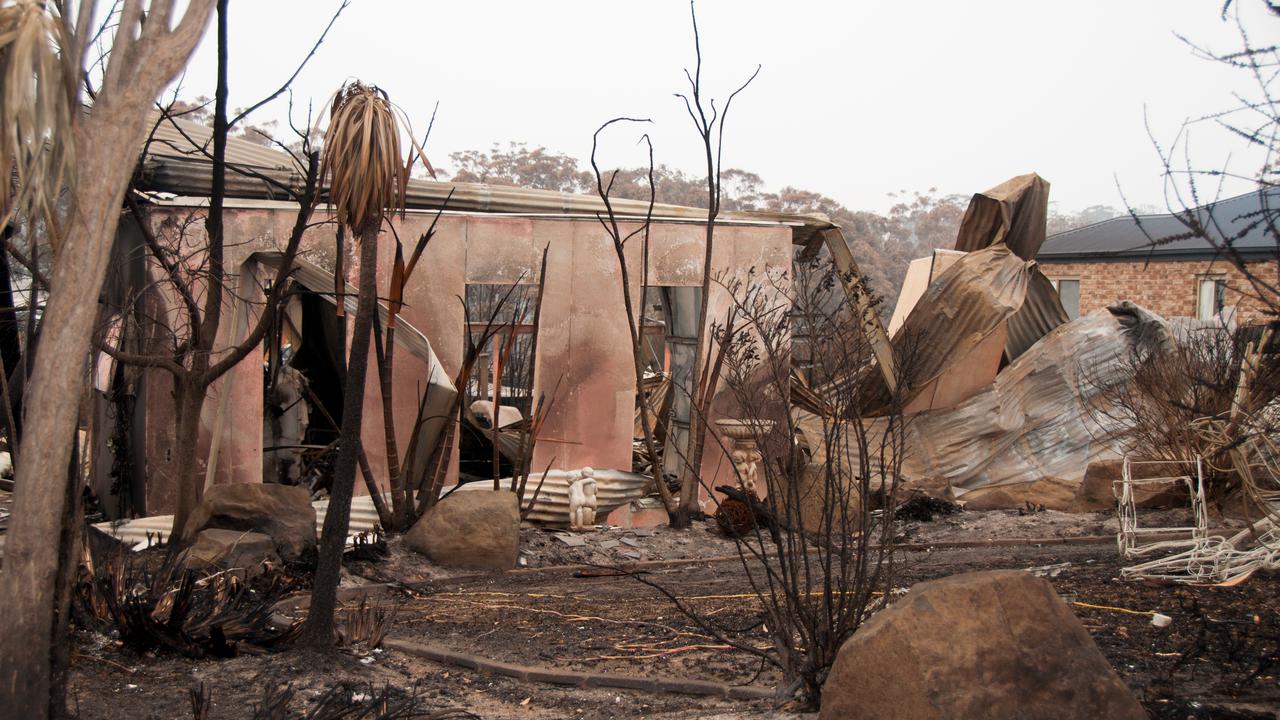
The Verdict
It is true that at the time of the April 2020 post the Australian Red Cross had only distributed around one-third of the funds it had received in donations for bushfire relief.
However, the post falsely claims that the charity "fleeced" donors. The Red Cross had earlier stated all funds would go to bushfire relief and these efforts could be spread over several years. Since then, the vast majority of the funds have been spent on bushfire relief with only a small share going towards the charity's administrative costs, according to both the Red Cross and the independent charities regulator.
It is also misleading to suggest the Red Cross asked for financial help from the federal government. Rather, the charity received $16 million in grants to provide emergency relief to temporary visa holders during the COVID-19 pandemic, $7 million of which had been announced when the post was published.
Partly False – Content that has some factual inaccuracies.
AAP FactCheck is an accredited member of the International Fact-Checking Network. To keep up with our latest fact checks, follow us on Facebook and Twitter.
